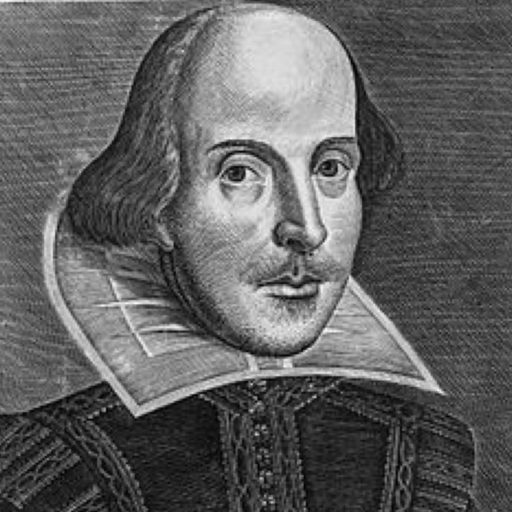Question and answer:
One of my favorite questions, at home, is to ask the kindly officer, coffee-maker, waiter, waitress, server, postal employee, just about anyone with a public position, “What’s the weirdest question you get?”
Guy who was managing the rush-hour (pedestrian) traffic on the Piccadilly Line, I asked him, “Tourist come up with the best questions, what’s the best one you’ve been asked?”
“Londoners,” he replied, “far better questions.”
“So,” I pressed forward, “what was the best?”
“Guy looks at me, a Londoner, stone cold sober, looks at me, no address or anything, and asks, ‘Which way is home?’ Sober, no really, stone cold sober.”
Covent Garden Math:
Zero research, just a little math:
The Covent Garden Tube Station has 4 elevators that handle, on the average, 12 people, running at 20 trips per hour. Roughly, let’s say, 960 bodies in an hour. Running roughly 6 AM to 10 PM? That’s – my guess – 15360 bodies – per day.
I’m not sure what it means. I’ve worked towns with fewer people that that.
A very lamentable comedy:
Tragical yet comical, too. Wondrously well-played at midnight on midsummer’s eve, and it all did appear, like a dream.
The moon phase is off by about seven days, from what is described in the opening verses of Midsummer’s Night, but it mattered not. The show started at 2359 by their reckoning, and 11:59 at night, by my reckoning, and don’t make me try and figure out what time zone it was by true reckoning because all that did fly out the window weeks ago. While mostly Elizabethan, the stage and setting and the look of machine-made hems, not to mention, machine-maid hers. The royal bearing of the players doing the roles of Hippolita and Theseus, and then, the same actors doing the fairy queen and king, Titania and Oberon? Accent a much as costume did great service in affecting the change. Which highlighted another point in the play’s minimalist plot, about weddings and nuptials and such. A theme thrice repeated, to hammer home its meaning.
The set itself, the tiniest of nothing, set in mighty stage at the Globe (Shakespeare’s Globe – Bankside), not more than blue sidewalks to delineate what is what. A giant orb, methinks it was the moon, hung overhead, which is odd, as that was the only real light in the theater, but moon in the the play, is four days to new.
But the moon is, indeed, an inconstant varlot, forever changing in her watery moods.
The lunar and night references were well-done, and then, the play, the who’ on first routine, and the poor lovers, misguided and mixed up by Robin Goodfellow’s honest mistake?
